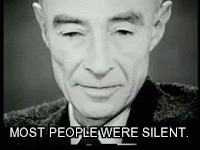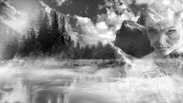Cinematic style
In a 1962 interview, Tarkovsky argued: "All art, of course, is intellectual, but for me, all the arts, and cinema even more so, must above all be emotional and act upon the heart."
His films are characterized by metaphysical themes, extremely long takes, and images often considered by critics to be of exceptional beauty. Recurring motifs are dreams, memory, childhood, running water accompanied by fire, rain indoors, reflections, levitation, and characters re-appearing in the foreground of long panning movements of the camera.
Tarkovsky developed a theory of cinema that he called "sculpting in time". By this he meant that the unique characteristic of cinema as a medium was to take our experience of time and alter it. Unedited movie footage transcribes time in real time. By using long takes and few cuts in his films, he aimed to give the viewers a sense of time passing, time lost, and the relationship of one moment in time to another.















































